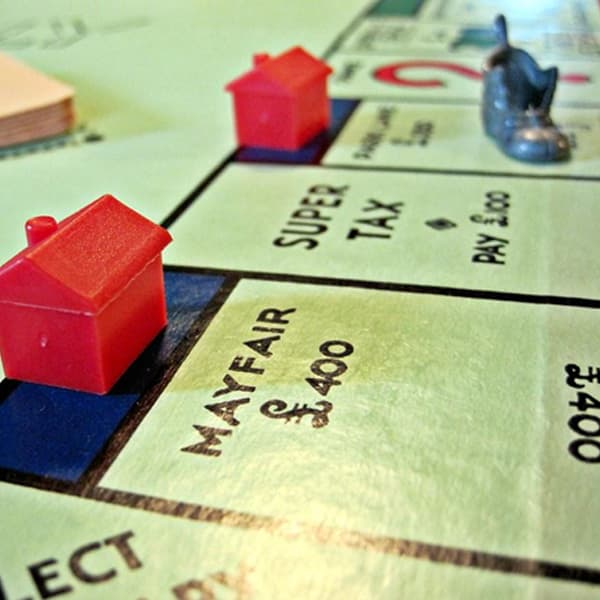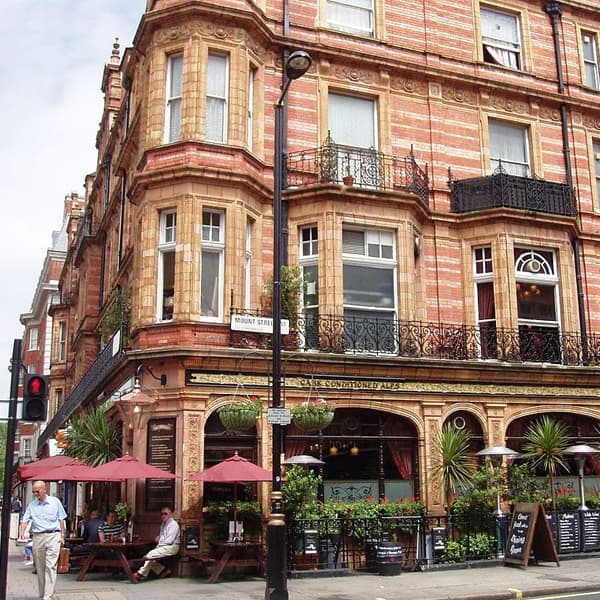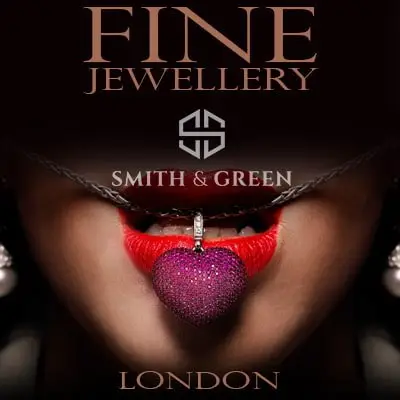Mayfair is known worldwide for its affluence and for being one of the most expensive districts in the world. This is even reflected in the popular board game Monopoly, where Mayfair is the most expensive property. However, mega-rich Mayfair has not always been this way. In fact, the area was a public nuisance during its infancy and was a far cry from being a prestigious place to live or visit.
The area was the manor of Eia in the Doomsday Book, with Geoffrey de Mandeville owning it after the Norman Conquest. De Mandeville gave it to the Abbey of Westminster, who owned the land until 1536 when Henry VIII took it over. Mayfair gets its name from the May Fair that was held from May 1-14 every year at Great Brookfield, which is not part of Shepherd Market and Curzon Street. Records show the fair was known as “Saint James’s fayer by Westminster” in 1560. The annual fair ran each year throughout the 17th century, apart from 1603, which was postponed because of the plague.


Mayfair Was an Actual Fair
The fair moved to what is now Mayfair in 1686 and continued growth in size and stature. It attracted jugglers, fencers, fairground attractions, plus activities such as women’s foot racing, semolina eating contests, and bare-knuckle fighting. People flocked to bet on the outcomes of the various fights and races, something that would have been made much simpler had at onlinesportsbetting.net been around. The 6th Earl of Coventry was unhappy about the people the May Fair attracted and declared it a public nuisance. He led a public campaign to have the fair shut down, something he achieved in 1796.
Keeping the lower classes out of the area was one of the main reasons for the subsequent property development. The lower classes were seen as second-class citizens who the wealthy wanted to avoid at all costs. The Grosvenor Family helped develop the area, which soon housed numerous members of the aristocracy. Annual rental income for the Grosvenor family’s Mayfair properties weighed in at £135,000 at one stage, the equivalent of almost £15 million in today’s money, earning them the title of “richest family in Europe.”
Mayfair’s continual expansion saw upper-class Londoners move away from areas such as Soho and Covent Garden, which were already on the decline by the 18th century. The death of Hugh Grosvenor, the 1st Duke of Westminster, in 1899 completely changed the Mayfair landscape. Any property redevelopment schemes not already in full swing were cancelled. Furthermore, the establishment of the welfare state in 1909 massively reduced the power of Lords, resulting in the value of landfalling.
A Decline and Resurgence
Then came the first World War. A reduced workforce meant servants were in short supply, and those willing to serve the now-declining upper classes demanded far higher salaries. This led to some of the leases on the grandest properties not being renewed and some of the most expensive houses being converted to foreign embassies.
Large sections of the City of London was destroyed during the Blitz, and Mayfair attracted much commercial development, with several corporate headquarters being established in the area.
Residential properties started becoming available again in the 1990s, although the rents and rates are among the highest in London and, indeed, the world. The average weekly rate of a furnished private rented apartment tips the scales at £1,800, while a suite in a five-star Mayfair hotel sets you back closer to £15,000 per week. Some of the most luxurious rental properties command rents in excess of £36,000 per week!
















